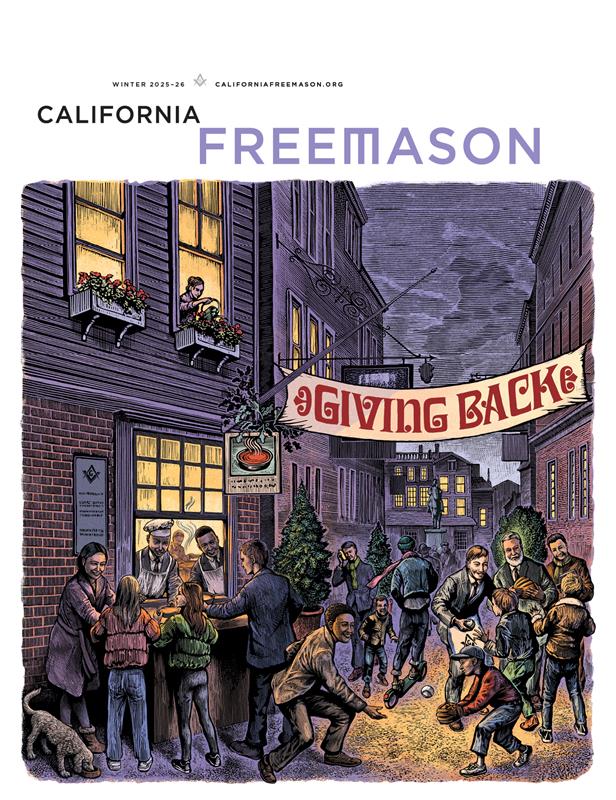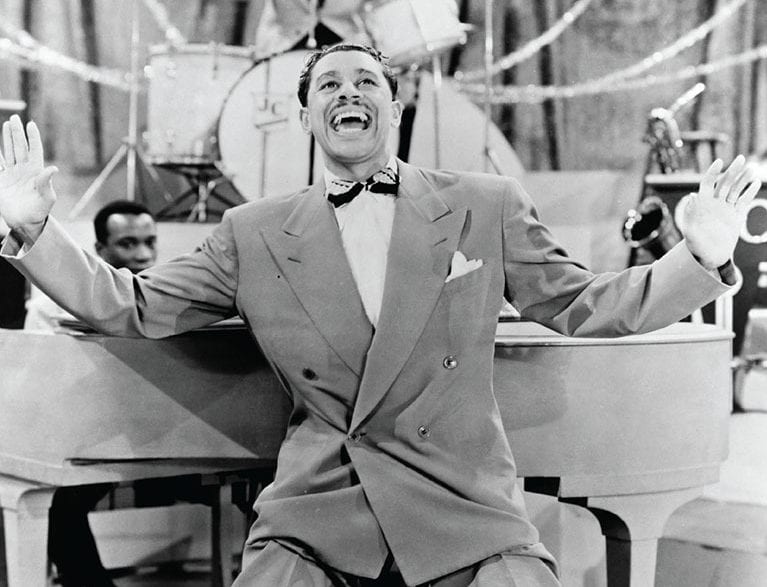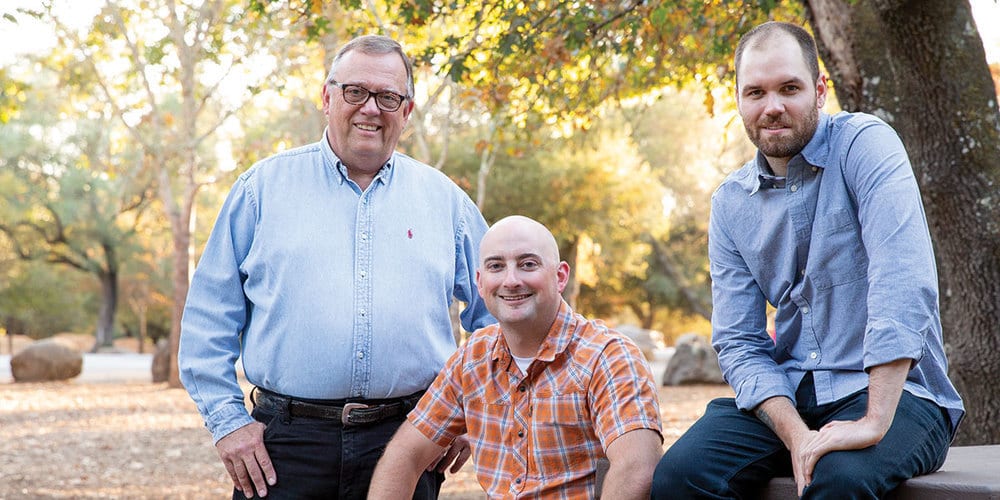
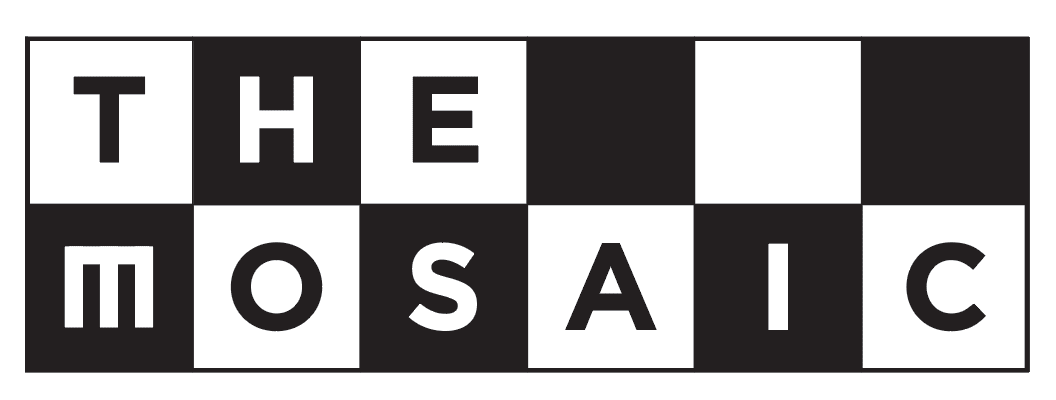
Gaga for Googie
A MIDCENTURY MARVEL IN SAN DIEGO EMBARKS UPON ITS THIRD ACT.
By Ian Stewart
For half a century, there’s been no missing the strikingly Modernist Scottish Rite Temple in Mission Valley. Now, as the building prepares for demolition, with a Home Depot slated to take over the space, Masons are saying farewell to the architectural blast from the past.
With its monumental, angular entry and gabled roof, the temple is a classic example of Googie-style midcentury architecture. Opened in 1957 as Bowlero— at the time, the largest fully automated bowling alley in the country—the 64,000-foot space initially had 55 bowling lanes, plus a cocktail bar, a restaurant and kitchen, offices, a pool room, and a beauty parlor. The bowling alley only lasted until 1964, when the building was sold to the San Diego Scottish Rite, which has occupied the space ever since.
The Googie aesthetic was a short-lived architectural style defined by bright colors, oversize signage, and exaggerated or abstract shapes typical of the dawning space age. Intended to catch the eye of passing motorists, Googie elements were most prominent in roadside establishments like restaurants, gas stations, motels, and coffee shops. (The name references the 1949 Los Angeles café Googies.)
Now the Mission Valley site is getting ready for a new phase of life. In May, San Diego’s City Council approved plans to demolish the original building, which will be replaced by a Home Depot store. As part of the plan, a new two-story, 40,000-square-foot temple will be constructed nearby—giving the Scottish Rite much-needed rental income and a more manageable footprint of its own, representatives say.
As for lamenting the loss of such a distinctive piece of midcentury style, there’s some good news: Developers say they have every intention of retaining the Googie styling in the new façade.
Above:
The distinctive entrance to the former Bowlero.
PHOTOGRAPHY CREDIT:
RoadsideArchitecture.com
More from this issue:


A Rapper-Turned-Freemason Offers Rhyme and Reason
For 20 years, he was the rapper Ryu. But inside his Long Beach-area Masonic lodge, the hip-hop musician is just Ryan.
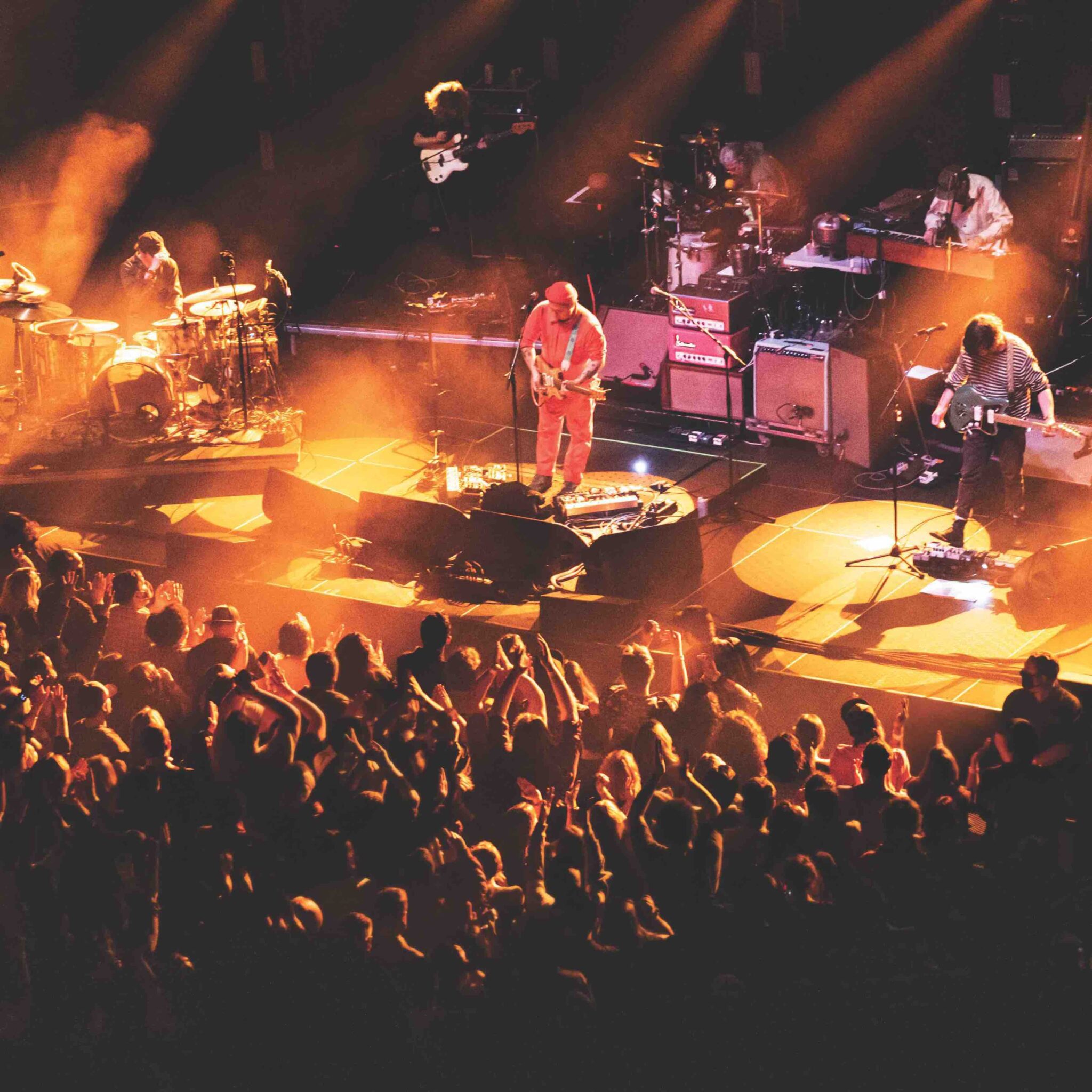
After a Year Away, It’s Lights Up at the Masonic
It’s curtains up at the Masonic, one of San Francisco’s best-loved venues for music, comedy, and other shows.
